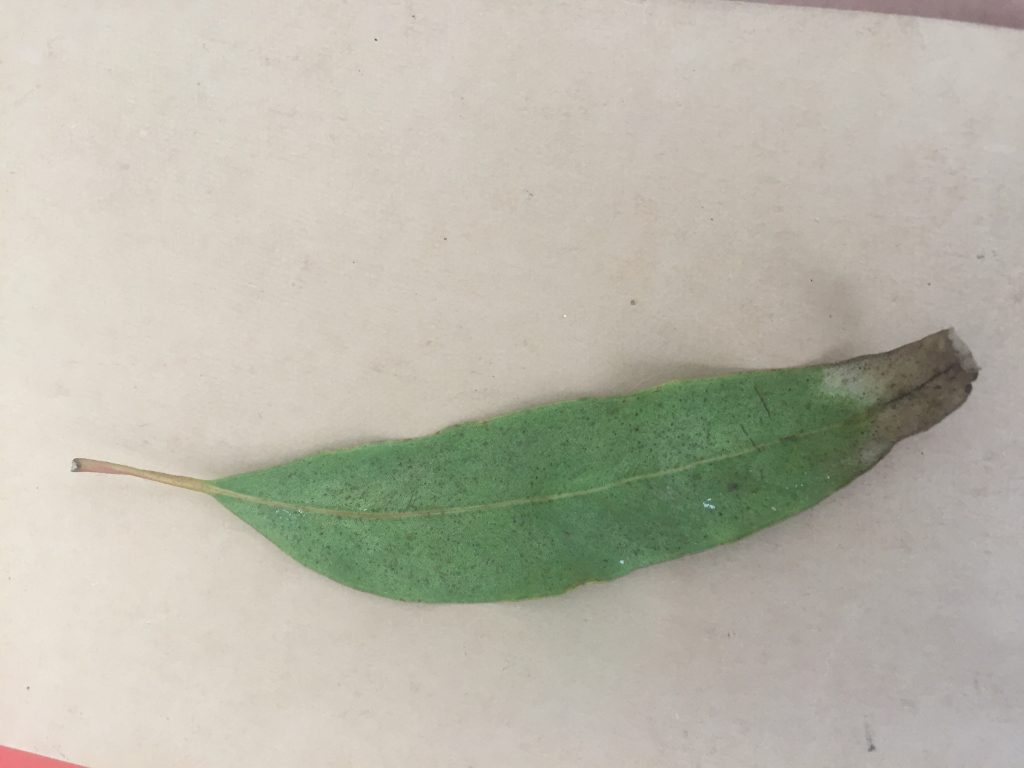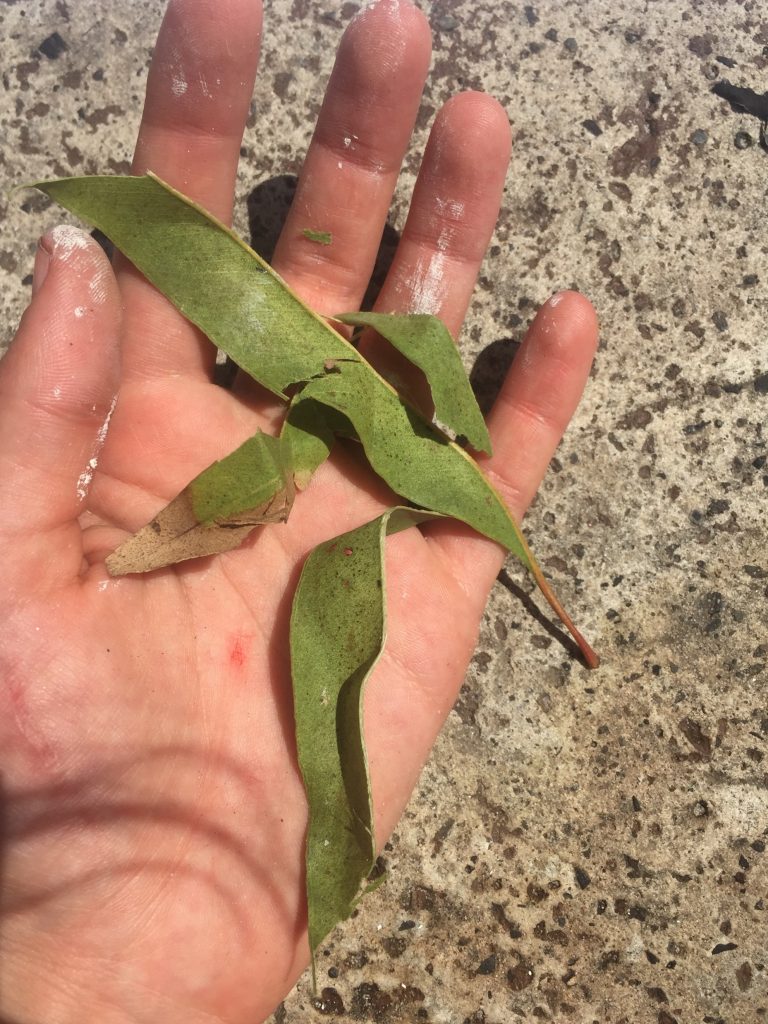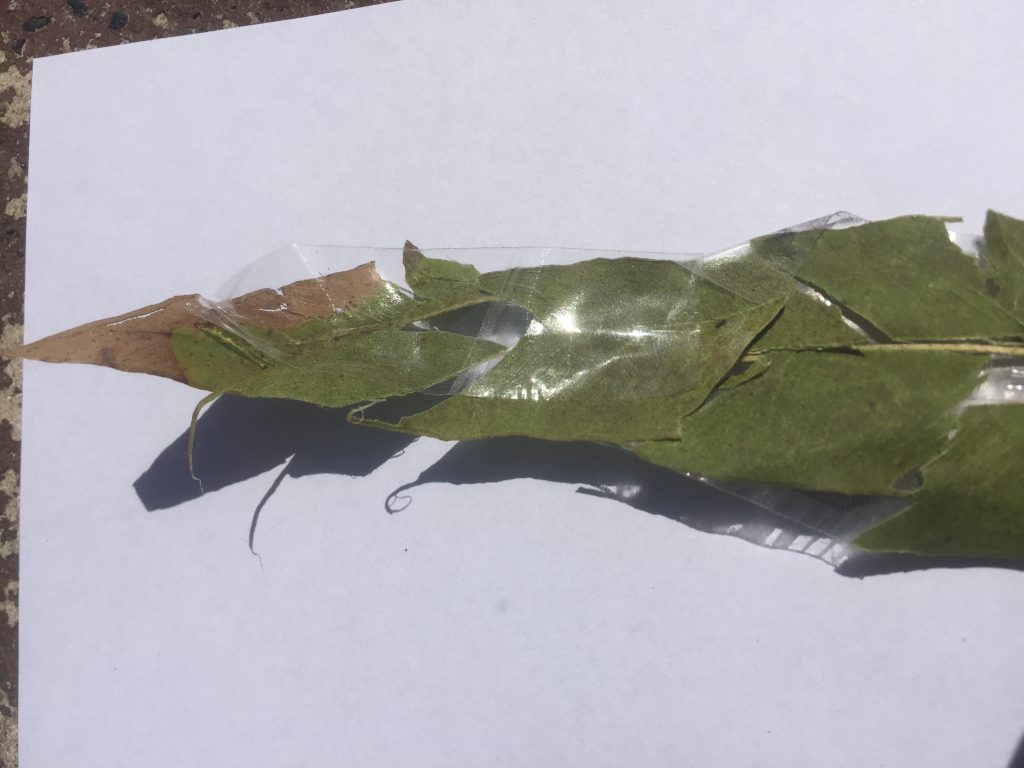I was very interested in the processes of destruction and restoration in relation to the body. Initially I was going to destroy and then attempt to restore a number of different items but I wanted to find something more focused.
Given that I did this experiment on Invasion day or ‘Australia’ day I began to think of the flora and fauna of Australia. The destruction and restoration that has occurred over the years with natural elements in the form of bush fires and and also the more man made elements such as land development, or in relation to native peoples. Ultimately, I thought of the first nations people of Australia. I considered their connection to Australian land as a living entity, a body of some sort that requires respect and nourishment. Aboriginal culture prioritises a profound and spiritual connection to the land.
January 26th commemorates the original invasion of the continent by the English colonisers, and the continued oppression of Aboriginal people since that time. Mass genocides have taken place, there is a whole stolen generation who were forced to adopt colonial culture and many more atrocities. In my opinion there have been many pathetic attempts at restoration and reconciliation. For example, doing a brief acknowledgment for indigenous people at public events, providing a very small number of scholarships and grants and confining many aboriginal people to small reservations. There are higher rates of suicide, substance abuse and poverty within indigenous communities, directly as a result from stealing land and resources and a long history of racism, stereotyping and othering that still carries on to this day.
Without writing a long essay about the history, I set out to find a natural object that was quintessentially ‘Australian’. I came across gum trees and went with \ due to convenience sampling.
Gum trees are an icon of Australia. With more than 800 species they dominate the Australian landscape, forming forests, woodland and shrublands in all environments except the most arid deserts. They are highly flammable and burn easily. Fossils have been found dating back to 52 million years.
The eucalyptus is a holy tree for the Aboriginals. For them it represents the division of underworld, Earth and heaven. At a spiritual level the eucalyptus has a purifying effect. Negative energy disappears in the place where you burn a eucalyptus leaf.
I found a poem online by an Aboriginal man, Graham Ballard about the gum tree:
We call it the gum tree, as if it were just a thing
Not pulsating, not whispering, not rustling around, not shedding skin,
Not perfuming, not drinking, not perspiring, not growing, not trembling,
Neither swaying, waving or sheltering
Not watching, not listening, not stretching, not changing colour,
Not bleeding, not blooming, not breeding, not singing, not shrieking,
Not crying, not sleeping, not grieving, not breathing, not scratched and bleeding from a frightened goanna,
Not tolerating raucous mobs of parrots, children
Just there, sticking out of the ground,
As if we weren’t so very blessed to have it there.
Source: Aboriginal scarred trees – Creative Spirits, retrieved from https://www.creativespirits.info/aboriginalculture/land/aboriginal-scarred-trees#toc7
So for my experiment I collected a number of gum leaves:
My intent was to destroy or deface them in some way and then attempt to resurrect and restore them:
First I painted one white. The white paint symbolised the stolen generation and attempts to whitefy thousands of indigenous children.
Then I tried to wash the paint off. Whilst it still resembled it’s original form it was not the same, I couldn’t get all the paint off without breaking it completley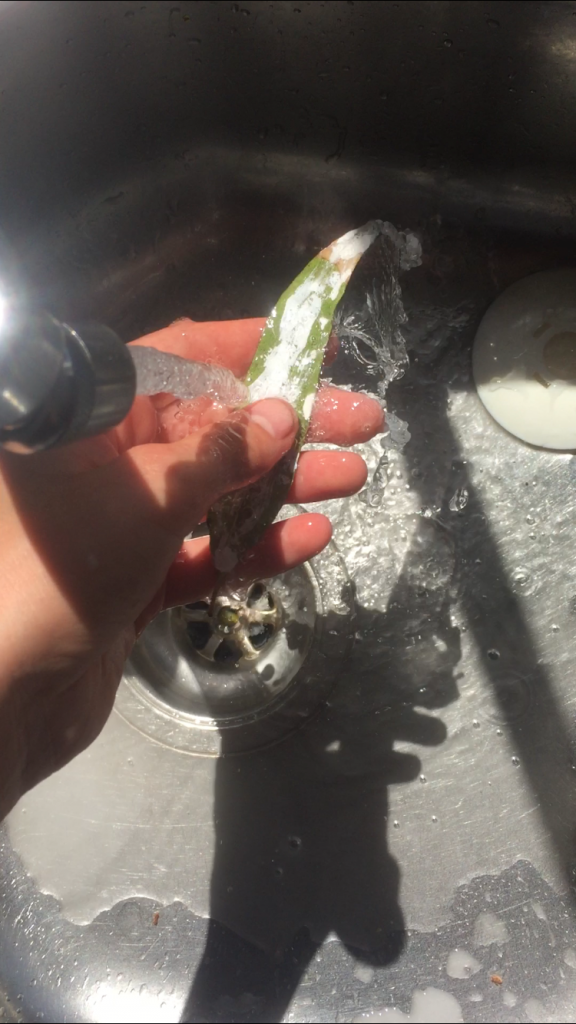 .
.
Second I tried to bleach a leaf. Again a reference to the stolen generation.
This made the leaf curl up so I used my hand to flatten it out.
Third I crumpled and tore a leaf up in my hand. This was symbolic of man made destruction on the Australian environment.
I then tried to tape the leaf back together again.
Finally I burnt a leaf with a lighter. This was symbolic of the environmental destruction of bush fires.
I then attempted to use the ash from the burnt leave to draw a new one.
Here is an image of my destroyed then restored leaves:
Perhaps if I had picked different objects there would have been a different outcome. Something else might have been easier or harder to destroy and restore. But the gum leaf represents both land history and people history within Australia. It serves as an interesting depiction of destroying bodies and then attempting to restore them. Whether they be bodies of land or bodies of people. Destruction is another form of transformation. The thing that has been destroyed can no longer be exactly the same as it was in it’s original form. It might have similar resemblance but some core aspect of it changes and can never be the same. The gum tree leaves demonstrated this and perhaps offered some insight on relationships regarding destruction and restoration of Australian land and people.
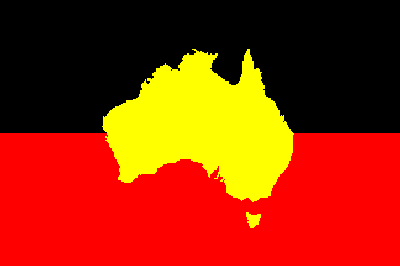 .
. 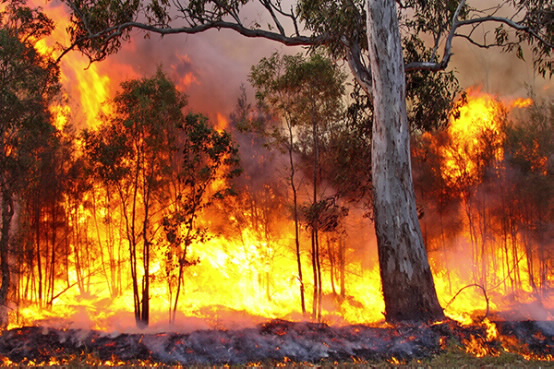
 .
. 
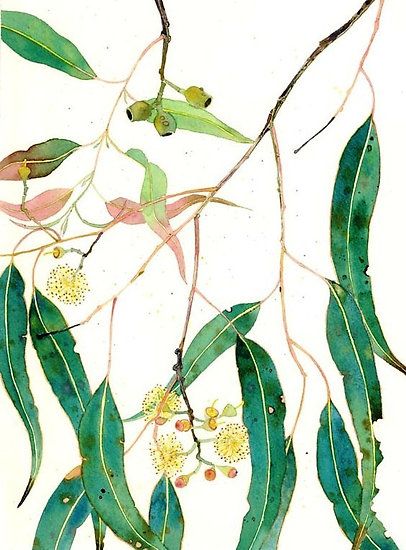 .
. 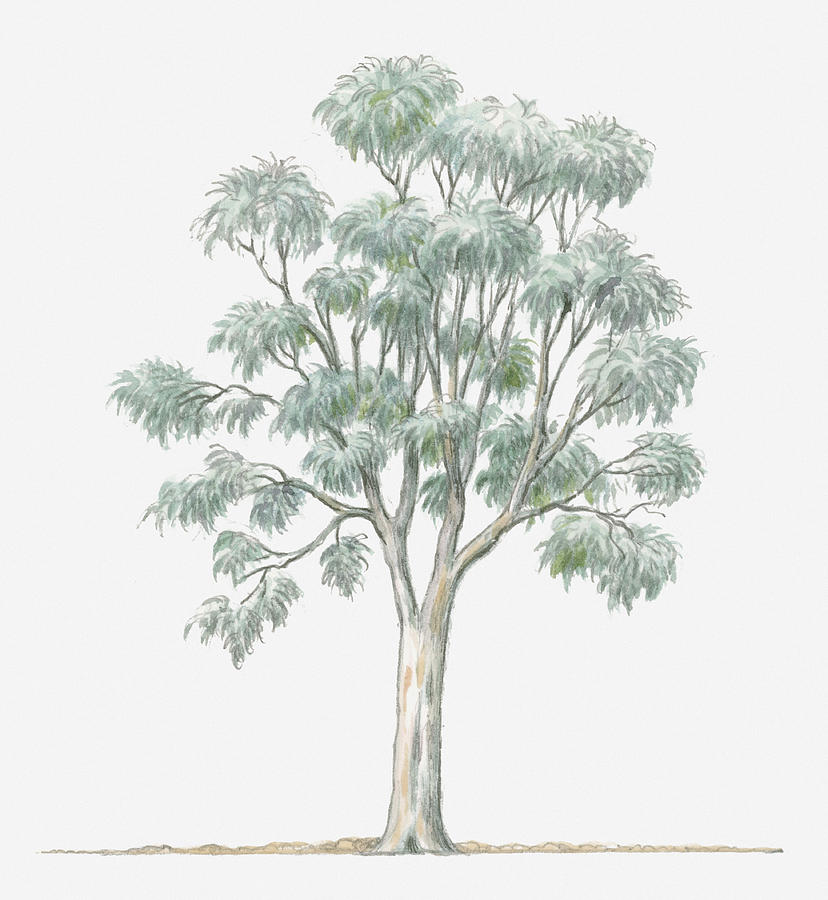


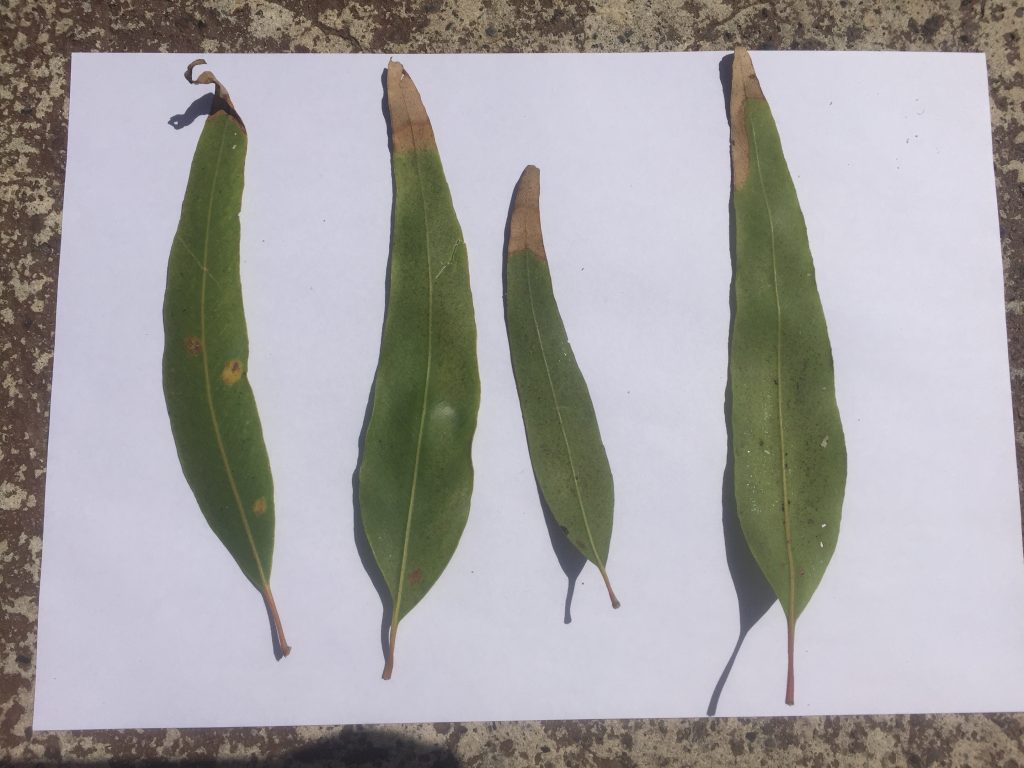
 .
. 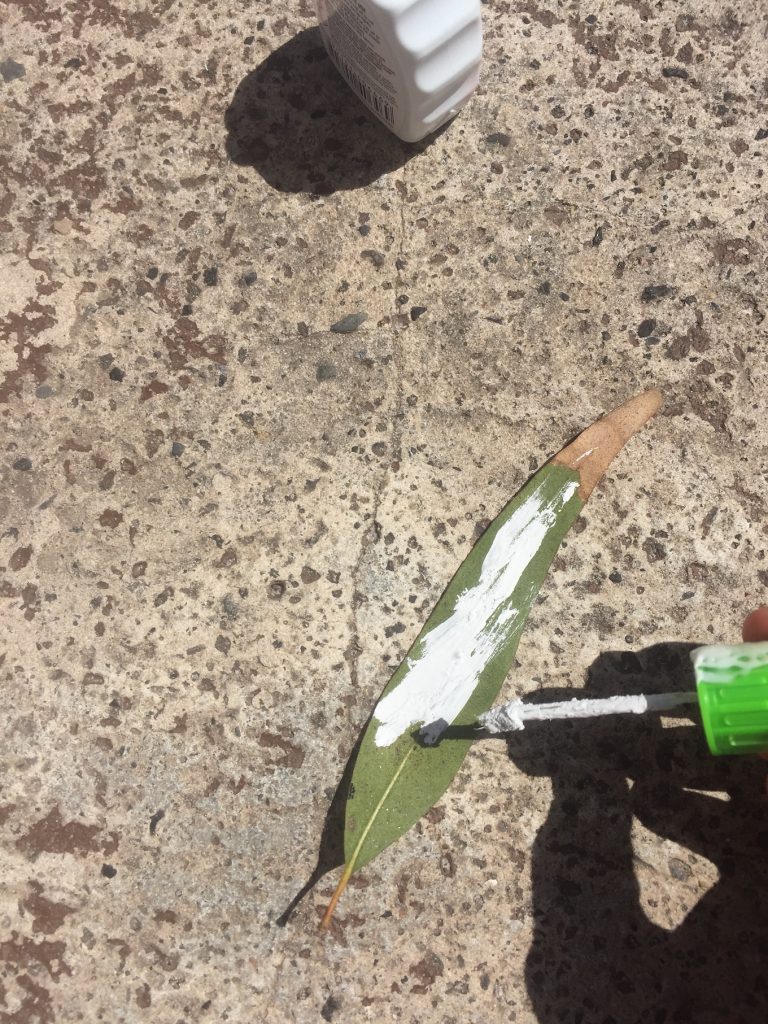

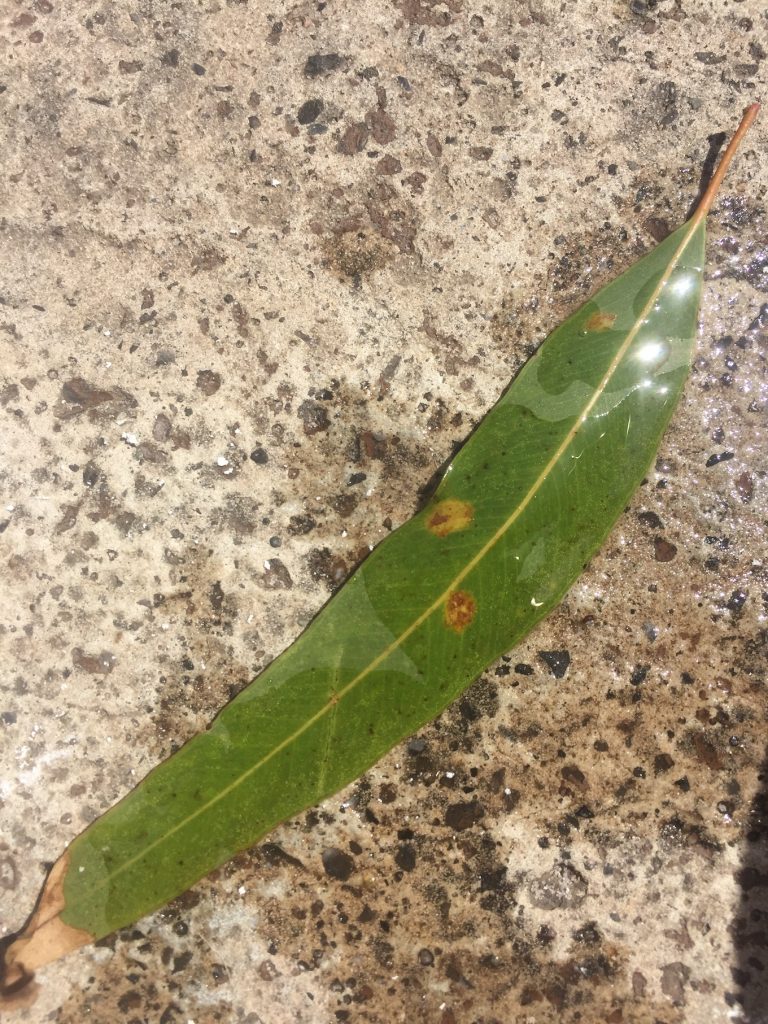
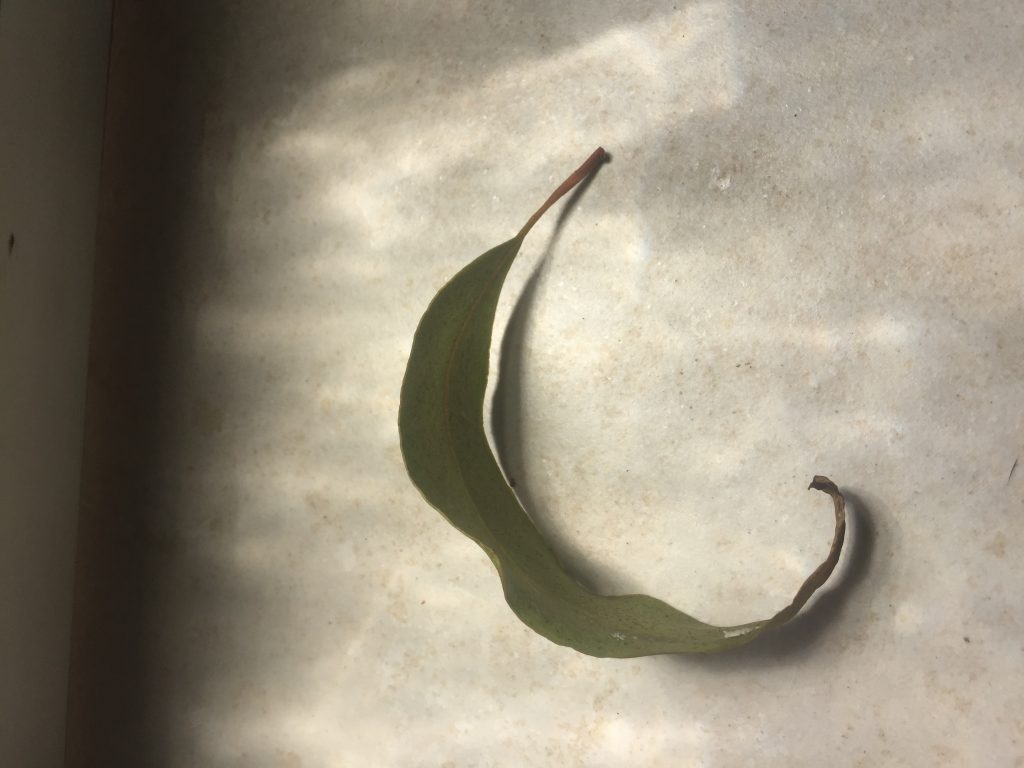 .
.  .
. 